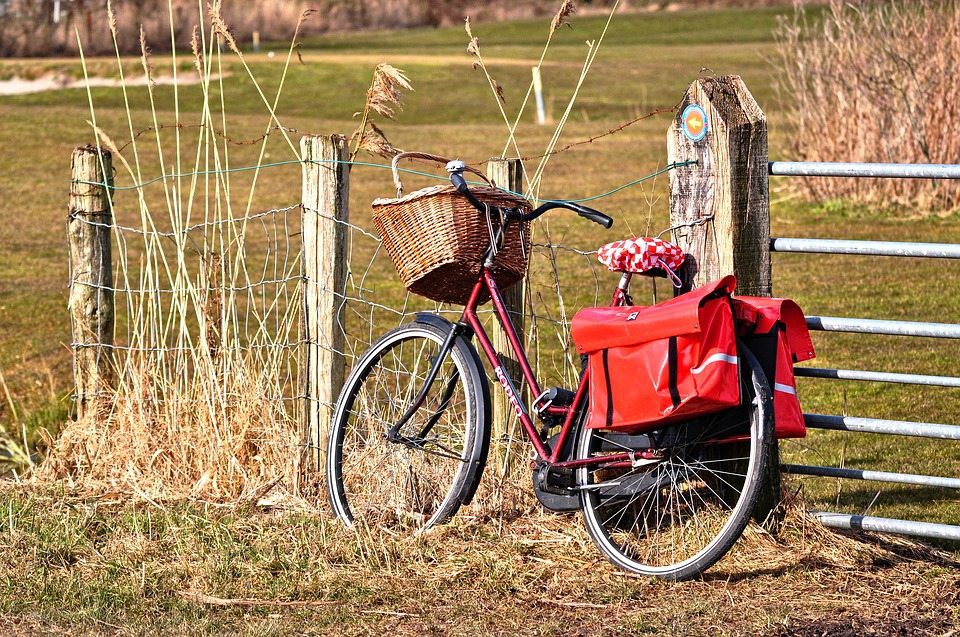Did you know that a holiday event or family gathering with 15 or more people, assuming some are traveling and staying in a hotel, generates about two tons of carbon dioxide (CO2)?
What with flying, driving, staying in a hotel, and even shopping at convenience stores, there are many ways our gatherings and trips contribute to greenhouse gas production. We know that global carbon emissions must be significantly reduced to address climate change, and there are things you can do to reduce your footprint. Read on for our compiled tips.
- Fly less. One round trip flight from Cedar Rapids to Miami, via Chicago O’Hare, generates approximately one ton of CO2 per traveler. Americans generate approximately 16 metric tons of CO2 per year on average (compared to 5 tons in the rest of the world), so this one flight could make up about 1/16th of your carbon footprint for the entire year. Everyone loves an exotic vacation, but you might consider looking into some cool destinations within driving distance: like the Ozarks in Missouri, Rocky Mountain National Park in Colorado, or the Boundary Waters in northern Minnesota.
- Drive a more fuel-efficient vehicle. For every five miles per gallon (mpg) you improve the fuel economy of your car, you save 0.9 metric tons of CO2. Of course, it’s wonderful if you own a car with great fuel efficiency, but if you do not and you’re driving to your summer destination, consider renting one for your trip. It saves the miles and wear and tear on your car while reducing your carbon footprint. Major car rental companies like Enterprise and Hertz offer electric and hybrid car rentals.
- Choose human–powered activities. Get some exercise while seeing the sights! Choose paddling in a kayak or canoe over a motor boat ride, and hike a beautiful trail instead of driving to the visitor center at the top of the mountain. Not only are you reducing your carbon footprint, you’re actually getting out into the natural world that you’ve traveled so far to admire. Your memories of a mountain hike, even at a lower elevation, will be much more valuable to you than the view from the visitor center. Can’t pass it up? Compromise and take public transportation or a shuttle ride to your destination. Bicycling is also a great way to get to know a new locale (although maybe not to ride to the top of a mountain, unless you’re extra adventurous)!
- Camp! Hotels contribute to greenhouse gas production in myriad ways: excessive laundry, heating and cooling set at the discretion of the traveler, and so many wasted travel size soaps and shampoos, to name a few. If you’re staying in a beautiful destination this summer, rent a campsite! If camping isn’t your thing, book lodging where you can make your own food. Make sure to take reusable or compostable tableware. Which brings us to…
- Eat local. Don’t underestimate the distance food travels to get to your plate. When you’re traveling, make a point to make your own meals at least some of the time, and shop at co-ops or grocery stores that support local farmers. When you do go out to eat, patronize restaurants that are committed to local and sustainable food sourcing. Restaurants that put the effort into doing this are proud of it, as they should be, so there will be info on their websites. Look for seasonally changing menus with local ingredients.
There are so many things you can do to reduce your impact when traveling beyond what’s listed here: for example, pack your snacks versus shopping at the convenience store. With a bit of advanced planning, you can make your trip both greener and more fun!
Interested in calculating your carbon footprint for a specific trip or destination? Check out this great calculator from our friends at the Nature Conservancy (click “travel” at the top of the calculator): https://www.nature.org/greenliving/carboncalculator/index.htm
More on the carbon footprint of flying:
https://www.nytimes.com/2017/07/27/climate/airplane-pollution-global-warming.html

